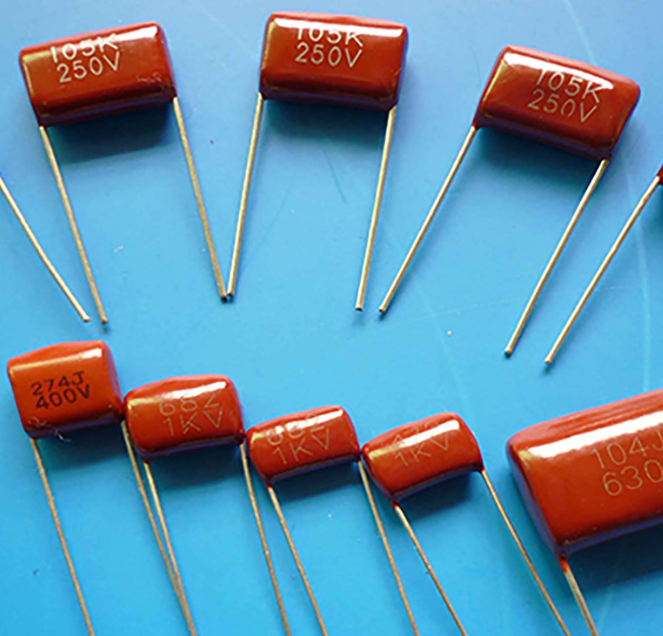Capacitors, fundamental in their use of surface effects, consist of two electrode plates. Imagine one side adorned with a positive charge; its counterpart mirrors this, establishing an electric field between them. The essence of this field? Voltage, defined by the potential difference.
When a voltage is applied to these electrodes, electrons embark on a journey along the electric field. Initially, this field's intensity is nil, but it burgeons, striving to match the external voltage's electric field. Concurrently, the current dwindles to zero as the voltage ascends, reaching equilibrium with the external voltage. Here lies the capacitor's ability to store energy.
Consider a DC voltage across the capacitor. The internal electric field stands unaltered, in harmony with the external field. This equilibrium results in an open circuit scenario - no current, hence DC isolation.
The plot thickens with a changing voltage across the capacitor. The internal electric field, once steady, now hustles to rebalance against the external field, reintroducing current into the scenario - welcome back, communication. Intriguingly, the current's alteration outpaces the electric field's, leading to a curious phenomenon where the current phase seems to precede the voltage phase.
For current to grace a circuit, a potential difference is non-negotiable. It's the driving force behind the directional movement of charges, culminating in a current. If a potential difference exists across a wire's ends, current inevitably follows. Cut the circuit, and while voltage lingers at both ends, an impassable barrier prevents charge movement - no current.
But here's a twist: current isn't strictly a closed-loop affair. The movement of charges equates to current, driven by potential differences. Even in an open circuit, if there's a voltage disparity, expect a current. Surprised? The capacitor exemplifies this. Despite its open-circuit structure - where higher insulation resistance is better - it still manages current passage.
How? Imagine a circuit with a capacitor, initially switch-off, current-free. Flip the switch, and voila, current flows, lighting up any series-connected bulbs. But ponder this: was there a potential difference between the capacitor plate and the power source pre-connection? Yes, and here's why.

Upon connecting the power supply, the plate linked to the positive pole initially finds itself at a lower potential than the positive electrode, triggering current. As electrons migrate, the plate's potential increases, eventually matching the positive pole, ceasing electron movement and current. Similarly, the plate connected to the negative pole, initially at a higher potential, sees electrons rushing towards it, lowering its potential until it aligns with the negative pole.
This current, though, is a fleeting visitor, appearing and vanishing at breakneck speed. With the circuit disconnected, there's no charge movement in the bulb, leading us to erroneously conclude the absence of current. Close the circuit, and electrons align in movement and quantity, creating a current flow - the very essence of electricity.
